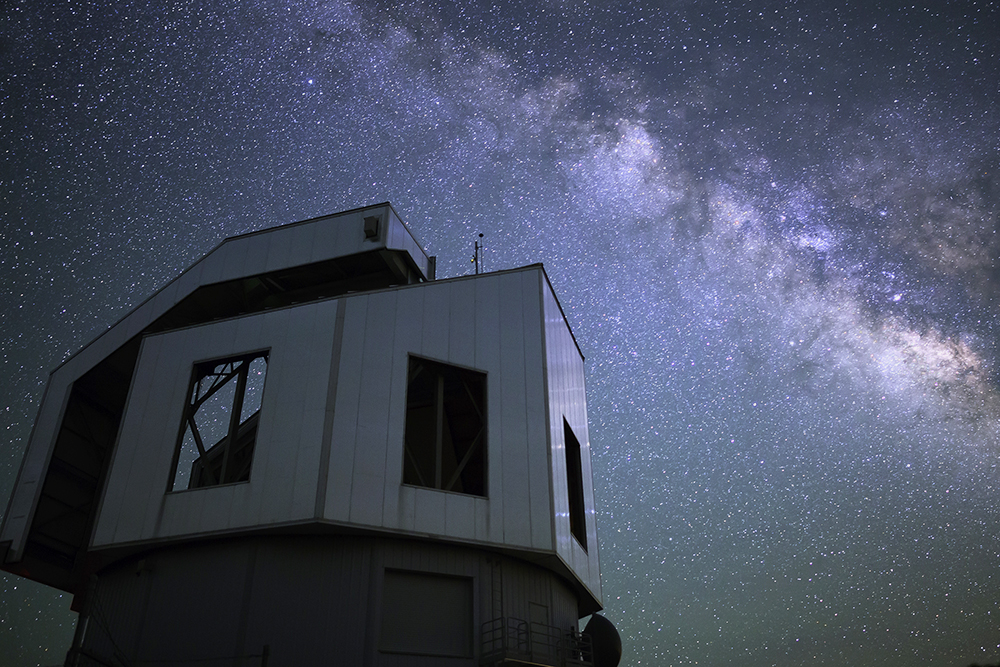Small near-Earth asteroids are discovered each month, but little is known about them. That is, until astronomers at Northern Arizona University, University of Arizona and Lowell Observatory worked together to unveil the physical characteristics of one of the smallest near-Earth asteroids ever observed.
Named 2015 TC25, the 2-meter diameter asteroid was studied extensively by four telescopes during a close flyby last October. The data gathered from the telescopes by a team of astronomers led by Vishnu Reddy, an assistant professor at the University of Arizona’s Lunar and Planetary Laboratory, revealed that 2015 TC25 reflects 60 percent of the sunlight that falls on it; making it one of the brightest in history, in addition to being one of the smallest.
In a recently published paper in The Astronomical Journal, Reddy argues that new observations from the NASA Infrared Telescope Facility and Arecibo Planetary Radar show that the near-earth asteroid’s surface is similar to a rare type of highly reflective meteorite called aubrites. Research shows that one out of every 1000 meteorites that fall on Earth belong to this exclusive class.
With the help of observations from the Discovery Channel Telescope near Happy Jack, the team of astronomers was also able to determine 2015 TC25 makes a complete rotation on its axis about every two minutes. “This is one of the smallest and one of the fastest rotating near-earth asteroids ever observed,” says team member Audrey Thirouin, a postdoc at Lowell Observatory.
“Our observations also suggest this object has an irregular shape or deformation perhaps due to its rapid rotation,” says Stephen Tegler, co-author of the study and a professor in the Department of Physics and Astronomy at Northern Arizona University.

Because small near-Earth asteroids like 2015 TC25 are roughly the same size as meteorites (meteoroids that have entered Earth’s atmosphere), observing them is essential in determining how our atmosphere filters low-strength impactors.
“It’s especially important to study the physical properties of small near-Earth asteroids because of the threats these objects pose to us,” says Tegler. “The meteoroid that caused injuries and damage in Chelyabinsk, Russia in 2013 was less than 20 meters in diameter.”



